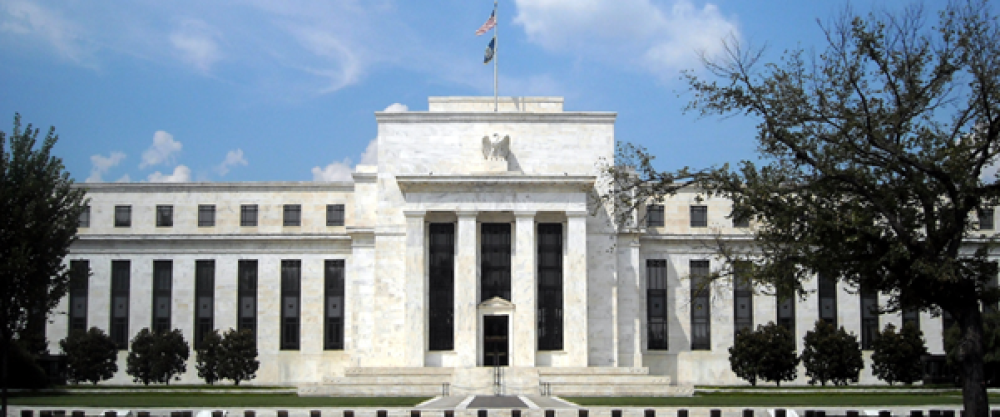All the content is provided for general information only and trade signals should not be construed as any form of regulated advice. It does not take into consideration your personal circumstances, including your investment objectives, risk profile, tax status, knowledge and understanding or financial situation. Past performance is no guarantee of future results.
The Federal Reserve announced its heavy artillery to curb the current inflation spike on 15th June. Unfortunately, this aggressive strategy might further weaken the economy and increase recession risks. In simple terms, it triggers a vicious market sell-off. The Fed raised its key interest rates to a 1.5%-1.75% range.
In any case, Federal Reserve officials and market stakeholders anticipated faster & further interest rate hikes since last week. The European central bank policymakers also advocated for a 75-basis point increase to the benchmark interest rate. Generally, the Fed funds its rate feeds through consumer prices based on adjustable rates like credit cards and mortgages.
Federal Reserve Plan & Approach
Goldman Sachs advocated altering its 50-basis point to 75. On the other hand, Wall Street economists also projected a 75-point rate hike throughout June and July. They now expect a 50-basis point rate move in September and a 25 point rate move in November and December. This rate shift would translate to a 3.25%-3.5% range for Fed funds by December.
Nonetheless, the central bank strategy and global policy head distinguished the unusual media speculations before the official Fed meeting. She advocated, that policymakers should avoid announcing controversial public statements. The central bank acknowledges that a 75-point rate was probable, but it is not the most optimal policy and might impact major markets negatively.
Interest rate future market traders also predict that the Fed might further go beyond its typical 25-point hiking pattern in future announcements. The rambling increase in bond yields constituted a more aggressive report from the Federal Open Market interest rate meeting.

The ten-year treasury yield increased to about 3.37% on Monday. This shift translates to a 21-basis points surge. Besides, the two-year treasury yield accelerated to 3.34%. The two-year shift translates to a 30-basis points increase and closely tracks Fed plans. In general, a basis point refers to one one-hundredth percentage point.
The Fed intends to utilize interest rate hikes to quell surging inflation running at above 40-year highs. Therefore, the markets anticipate that the central bank will further jack up interest rates throughout the years in a bid to lower inflation to about 2%.
Yet, most researchers still expect high inflation despite this announcement. Other reports show that officials might reconsider the interest rates approach since inflation showcases historical highs and is still increasing.
Inflation Impacts on Economic Growth
The causes of the high inflation are prolonged. They include high prices due to clogged supply chains and high energy prices due to low production. What’s more, the Russian attack on Ukraine makes the situation worse. Above all, a demand-supply mismatch within the labor market is causing higher wages and price increases.
Above all, the surging inflation has resulted in a high unemployment rate. Other fears surrounding high inflation include a sharply reduce consumer spending rate and an unpredictable market. Also, the inflation persist directly affects mortgage rates.